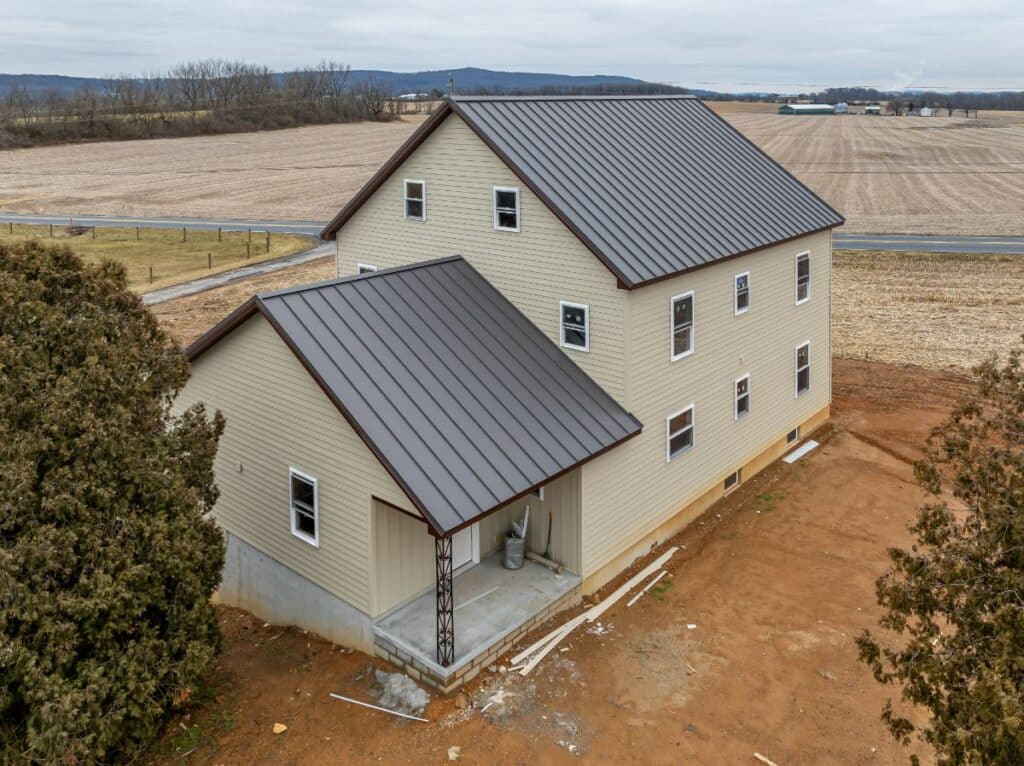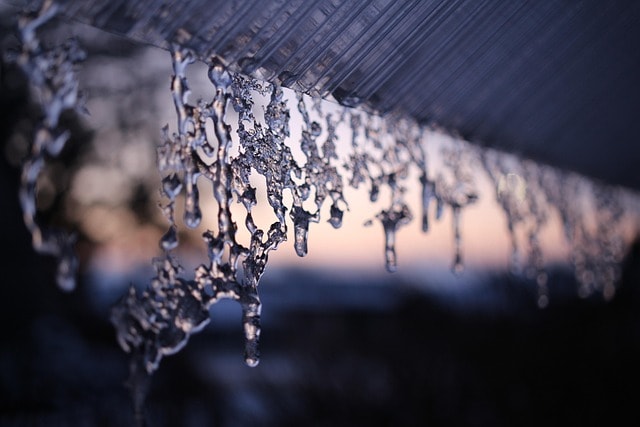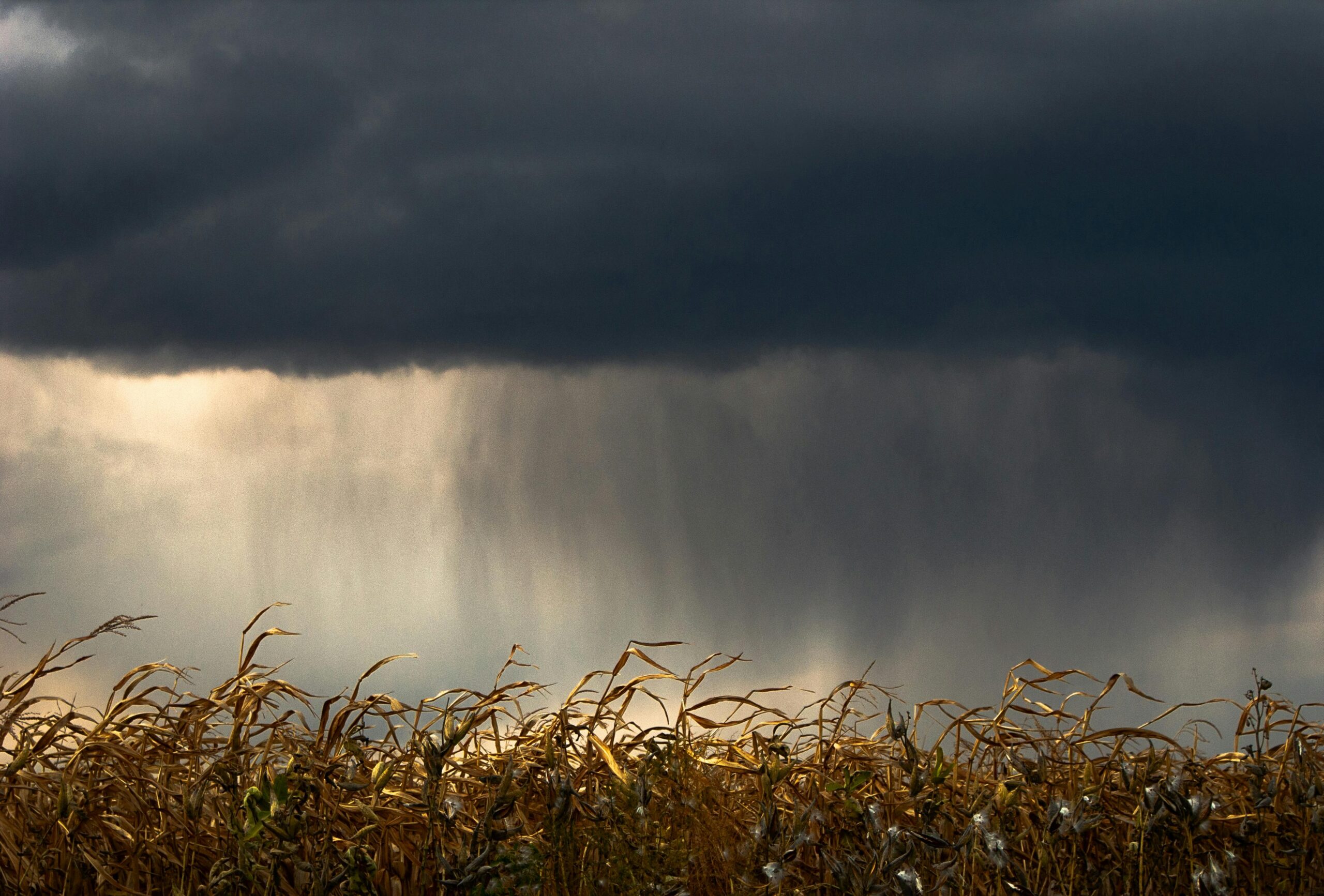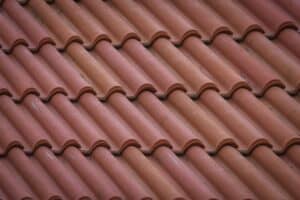Key Takeaways
- Metal roofs have an outstanding lifespan and can last much longer than other roofing materials (namely shingles), with a lifespan of 40-70 years, and in some cases more. This makes them cost-effective for homeowners planning to stick around for a while!
- The lifespan of a metal roofing system can vary depending on the type of metal used, style of installation/fixture, and maintenance. Standing seam metal roof systems (standard painted steel) can last 60 years or more thanks to hidden fasteners. Ag panels or ribbed panels, with exposed fasteners, can still last 40 years or more, but may need some maintenance. And still more exotic metals like copper can last as long as 100 years.
How Long Does A Metal Roof Last?
The lifespan of a metal roof depends on multiple factors, including the type of metal, the finish applied, and how well it’s maintained. Painted steel roofs typically last 40-50 years, while aluminum roofing can stretch that to 60 years or more. For those looking for premium longevity, copper and zinc roofs push the boundaries with lifespans ranging from 70 to 100 years.
Steel remains one of the most common materials used in metal roofing, but the style of installation plays a big role in how long it lasts. Standing seam metal roofing – where fasteners are hidden and not exposed to weather – has a longer lifespan than ribbed panels with exposed screws, which may need more upkeep over time due to fastener wear and potential rust.
Copper and zinc are fantastic options for homeowners who want extreme longevity, but they come with a price tag that reflects their superior durability and natural resistance to corrosion.
Standing Seam Metal Roof Longevity
A standing seam metal roof is built to go the distance – 50 years at a minimum, but often far beyond that when properly installed and with a little TLC. What makes them so durable?
One of the biggest factors is the paint system. A Kynar 500 (PVDF) finish offers industry-leading color retention and protection from UV damage, helping the roof keep its original look for decades.
On the other hand, lower-cost SMP (Silicone-Modified Polyester) coatings might look great at first but tend to fade and chalk much faster under harsh sun exposure.
These days, most professional roof replacement projects are done with durable PVDF coatings. If you’re looking for a metal roof that maintains its appearance for the long haul, PVDF is the way to go. A standing seam metal roof makes a big difference, too.
Ag Panels or Ribbed Panels With Exposed Fasteners
These are the workhorses of the metal roofing world: affordable, durable, and built to last 40 years or more. Most manufacturers warranty them for at least that long, but because they use exposed fasteners, maintenance becomes an important factor in their longevity.
Ribbed metal roof panels (sometimes call ag panels or a screw down metal roof) are installed with screws straight through the metal. Each screw has a rubber washer to prevent water from moving through the hole, but these screws will eventually need tightening or replacing, and rubber gaskets that create a watertight seal can break down over time, leading to potential leaks.
Paint also plays a huge role in how long these panels last. A high-quality coating like Kynar 500 will protect against corrosion and fading much better than budget-friendly SMP finishes.

Metal Roof Maintenance
While metal roofs require less upkeep than shingles, a little maintenance goes a long way in keeping them in top shape. Every decade or so, it’s worth doing a check-up to maximize the lifespan of your roof:
- Inspect fasteners for wear and tightening as needed. This is usually done every ten years.
- Clear debris from gutters and drainage points to prevent standing water.
- Look over seams and flashing for any signs of damage or rust.
Bringing in an experienced roofing contractor can help catch small issues before they become big problems. A well-maintained metal roof can last far longer than a neglected one.
Common Issues with Metal Roofs
For the most part, metal roofs don’t leak – but if they do, the most common culprit is screw placement. Exposed fasteners that weren’t installed correctly or that loosen over time can let water in.
Other problem areas include:
- Improper installation – If panels aren’t correctly aligned, water can get underneath.
- Storm damage – While metal roofs stand up well to extreme weather conditions, large hail or wind-driven debris can dent the surface.
- Seams and flashing – Overlapping panels and flashing points need to be properly sealed to prevent leaks.
- Oil canning – This refers to visible waviness in the panels, typically caused by expansion and contraction or improper installation. It doesn’t affect performance but can be an aesthetic concern.

Comparing Metal Roofs to Other Options
If you’re after a long-lasting roofing material, metal beats shingles by a mile. Here’s how it stacks up:
- Metal roofs – Last 40+ years or more, with minimal upkeep.
- Shingle roofs – Typically need a full replacement every 20-30 years.
- Tile roofs – Can reach 50-100 years, but they’re prone to cracking and require more structural support due to weight.
Asphalt shingles may have a lower upfront cost, but frequent repairs and replacements add up, making a metal roof a better long-term investment.
Is Metal Roofing Right for You?
If you’re tired of replacing shingles every couple of decades, a metal roof is a fantastic option that can last for generations with minimal fuss. While the lifespan of a metal roof is a huge selling point, there are other things to consider, like budget, climate, and aesthetic preferences.
At Rockland Builders, we specialize in expertise installation of metal roofing systems that stand up to the toughest conditions. Whether you need a standing seam metal roof for sleek durability or ribbed metal panels for a cost-effective solution, we’ve got you covered.
Serving Berks County with roofing near you, our team of skilled roofing contractors will make sure your new roof is built to last. Contact us today for a consultation!






